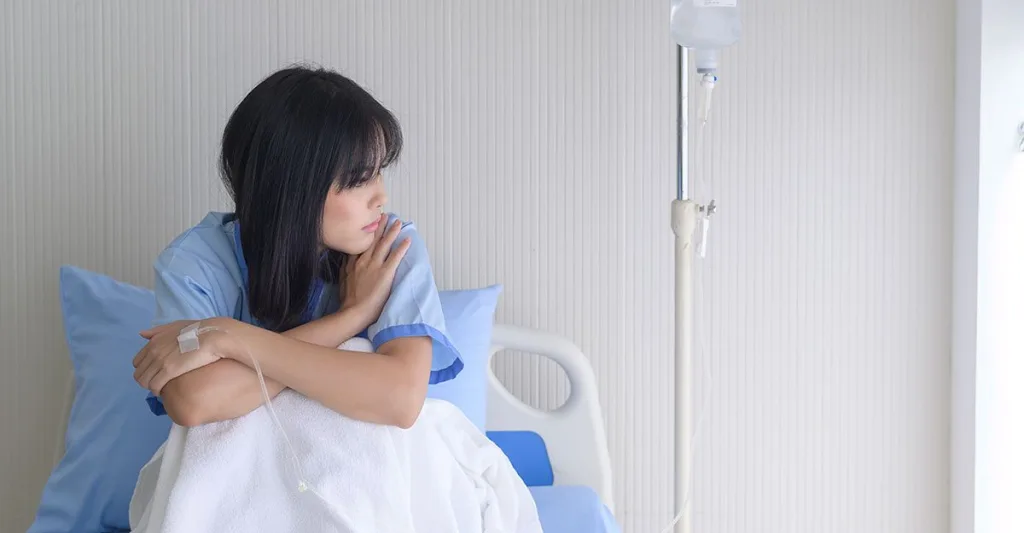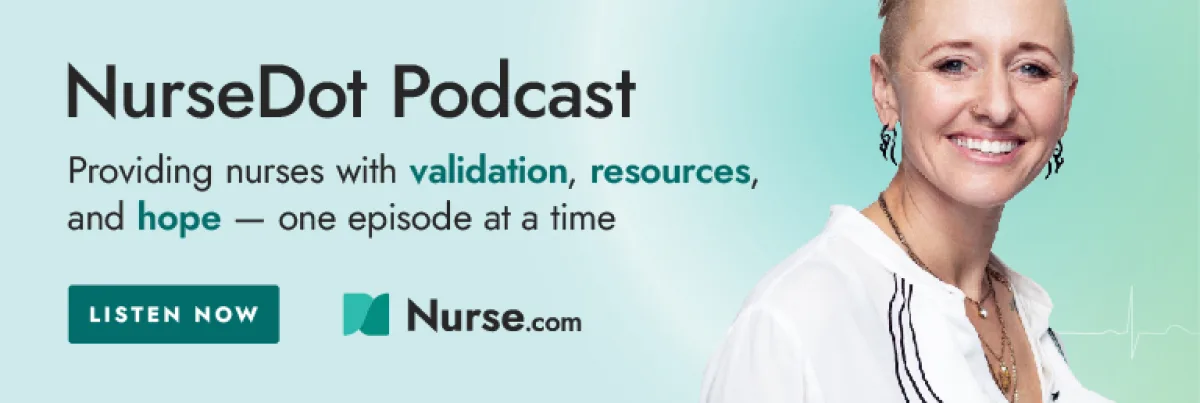Francine Bono-Neri, PhD, RN, APRN, PNP, clearly remembers the young patient she encountered a few years ago while working as a clinical instructor in a pre-licensure baccalaureate nursing program in New York.

“I’d taken my students into the pediatric unit of the hospital for their clinical rotation, and there was a teenage patient being admitted for significant cellulitis,” Bono-Neri said.
She had assigned one of her students to assist with admissions, and when Bono-Neri entered the room, she was shocked by the condition of the patient, who had signs of infection and visible marks from intravenous drug use, among other symptoms.
Bono-Neri remembers seeing an older gentleman sitting in the visitor’s chair. He was well-dressed, clean-cut, and twice the patient’s age. As part of the admission process, she inquired about his relationship to the patient.
“He told me he was just a good friend who really cared about her health and well-being,” she said.
Although Bono-Neri didn’t believe him, it wasn’t until a year later when she was at an American Nurses Association conference that she learned the severity of the situation she had witnessed.
Listening to Tammy Toney-Butler, RN, CEN, TCRN, CPEN-Forensic Examiner (SANE), speak on the topic of red flags in human trafficking, Bono-Neri realized the teen had most likely been a victim of human trafficking.
“At that point, I’d been a nurse for 27 years, and I remember thinking, ‘How is it possible I didn’t recognize the signs of HT?’” she said.
Expanding education on human trafficking
Bono-Neri learned she wasn’t the only nurse who had encountered a victim of human trafficking and didn’t realize it. Bono-Neri discovered it’s a topic that’s barely touched upon in pre-licensure nursing programs.
The U.S. Department of Health and Human Services’ Office on Trafficking in Persons, describes human trafficking as “a form of modern-day slavery in which victims (children, teens, men, or women), are subjected to force, fraud, or coercion for the purpose of commercial sex, debt bondage, or involuntary labor.”
Realizing there was a need for all nurses to be educated on the signs of human trafficking in patients, Bono-Neri and Toney-Butler joined forces to launch their non-profit, Nurses United Against Human Trafficking (NUAHT), in 2020, which offers nurses resources and consulting services.
In addition, 50% of the revenue generated from the NUAHT training and membership fees is donated to Reflective Spaces Ministry, a non-profit that provides services to survivors of human trafficking and sexual abuse.
“There are only around 10 states that currently mandate continuing education for anti-trafficking measures, so if nurses aren’t learning about HT in prelicensure programs, they're not going to learn it post-licensure, unless they're living in those states,” Bono-Neri said. “Even then, many of those states only mandate two-hour trainings that barely scratch the surface.”
Affecting an estimated 27.6 million victims worldwide, Bono-Neri said human trafficking is a major public health problem and that learning the signs of trafficking can help nurses identify victims. The National Human Trafficking Resource Center offers a free online publication, Recognizing and Responding to Human Trafficking in a Healthcare Context.
“The health effects of trafficking are well documented, and we’re definitely missing victims when they’re coming in for care,” said Bono-Neri. “Human trafficking of minors for commercial sex acts is a felony, and by not recognizing the signs, we’re failing as mandated reporters.”
How to recognize human trafficking
Through her research, Bono-Neri learned that less than 1% of nurses reported full confidence in being able to identify red flags and symptoms of human trafficking. She and Toney-Butler co-authored a study on nursing students’ knowledge and exposure to human trafficking content in undergraduate studies, published in the October 2023 issue of Nursing Education Today.
In addition, studies have found that up to 88% of victims had come into contact with the healthcare system while being trafficked.
“It’s such a hidden crime and there is so much psychological manipulation used by traffickers on their victims,” said Bono-Neri, who noted that many victims don’t self-identify as victims because they see their traffickers as their boyfriends.
Bono-Neri said her non-profit offers a nine-hour training and memberships that teach nurses how to identify trafficking victims by looking for signs and symptoms such as:
• Signs of physical abuse, including broken teeth, unexplained injuries, prolonged infections, bruises, and black eyes.
• Cases of substance use: “If a patient presents with a history of substance use or a near overdose, they should be on a healthcare provider’s radar,” Bono-Neri said.
• Tattoo designs used for branding victims: “Traffickers like to brand their victims as a sign of possession, so look for tattoos that depict a crown, a dollar sign, profanity, or someone's name or what they perceive to be an endearing term such as ‘Big Daddy,’” Bono-Neri said.
• Patients with frequent UTIs, STIs, STDs, and ectopic pregnancies: “When we have infants born with neonatal abstinence syndrome, human trafficking needs to be on the radar because we need to know why mom was using that substance and if she was under the influence of a trafficker,” said Bono-Neri.
• Patients who survived a suicide attempt, who have a history of being in the child welfare or juvenile justice system, or anyone who is not in possession of a government-issued ID.
• Anyone who is accompanied by a very overbearing companion who does all the speaking for them. “It's not always a female victim with a male trafficker,” said Bono-Neri. “We have female traffickers, and we have kids recruiting kids in schools.”
Nursing interventions for human trafficking
Geraldine Cornell, EdD, RN, an executive board member for NUAHT, is a simulation expert who creates scenario to educate nurses and nursing students about human trafficking. Lessons include how to interview and assess patients they suspect may be human trafficking victims.

“When I asked the students how they knew about human trafficking, most of them said their knowledge came from either an episode of ‘Grey's Anatomy’ or ‘Law and Order: Special Victims Unit’ or they had heard about it on social media,” said Cornell. “Unfortunately, there are still a lot of misconceptions about human trafficking. People don’t believe that these crimes are happening right in their own communities or realize how widely social media is being used to recruit and control victims.”
While nurses in urgent care and emergency rooms often see human trafficking victims, Cornell said nurses in labor and delivery, med/surg, and other departments can also unknowingly be caring for victims of human trafficking.
Cornell said she teaches nurses “reasons and excuses to help separate the patient from their suspected trafficker in order to privately interview and assess patients and how to effectively intervene.”
“A nurse might say they have to take the patient for a CT scan or that the trafficker needs to go back to admitting and provide additional information,” she said.
Nurses should never confront a suspected trafficker directly. If a nurse is unsure how to proceed with a suspected victim of human trafficking, the National Human Trafficking Resource Center offers a hotline (888-373-7888) that can offer guidance and connect victims with services and support. In addition, the Vera Institute of Justice offers a free screening toolkit to help identify HT victims.
Whether you’re actively seeking a new role or assessing your next steps, explore Nurse.com’s job marketplace to help match your experience and skills to the best-fitting role.








